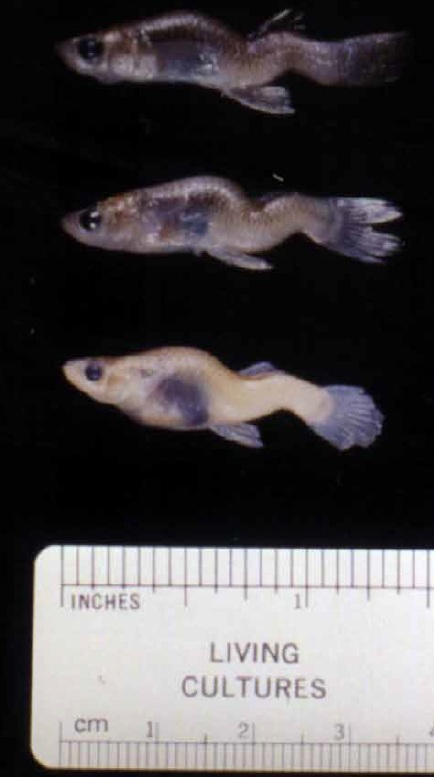In February, we wrote about the new selenium water quality standards being proposed by the Kentucky Division of Water and urged concerned citizens to express their concern to the state. Now, Kentucky has gone ahead with its proposal, submitting the new standards to the EPA for review. While the EPA may deny Kentucky’s proposed standards, concerns are growing that the EPA, influenced by states beholden to their mining industries, may release its own inadequate standard. That is why we are urging people to tell EPA to stop Kentucky, and to require strong, enforceable standards in every state.
Selenium is of particular concern in Kentucky and other Central Appalachian states because it is often released into streams through mountaintop removal coal mining and is toxic to aquatic life at very low levels. Even though many high-selenium coal seams are mined in Kentucky, companies typically claim there will be no selenium discharge when first applying for a permit, so that the pollutant is not included on the permit. Selenium has rarely been included on mining permits in Central Appalachia, effectively allowing companies to avoid monitoring or treating it, unless citizens force them to with lawsuits. A recent victory in a lawsuits over illegal selenium discharges from a Virginia surface mining operation indicates that selenium pollution is a widespread problem at mountaintop removal mines across Central Appalachia.
Kentucky has faced increased pressure from citizens and the EPA to include selenium standards on pollution discharge permits, so that water quality is adequately protected. Unfortunately for the coal companies, selenium is expensive to treat and difficult to keep out of streams impacted by surface mining in high-selenium coal seams. Adding selenium to permits would mean that many coal companies have to start paying for a much larger portion of the damage they create. It appears that the state is helping coal companies find a way to avoid responsibility for selenium discharges. By increasing the legal limit of selenium allowed in streams and including fish tissue-based standards that are difficult, if not impossible to enforce, the state will allow many companies to continue to skirt their responsibility to the land and the people of Kentucky.
(more…)








